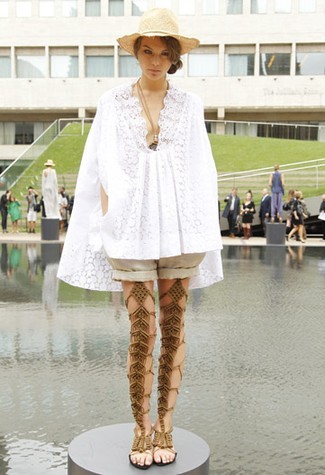





Lots of people showing in NY (and none in paris or milan, that I saw) did jumpsuits (and to a lesser degree, overalls)! I was anticipating some (but not this many), ever since seeing the jumpsuit in the APC A/W 2010 lookbook.









.png)
“The photograph is an extended, loaded evidence - as if caricatured not the figure of what it represents (quite the converse) but its very existence. The image, says phenomenology, is an object-as-nothing. Now, in the photography, what I posit is not only the absence of the object; it it also, by one and the same movement on equal terms, the fact that this object has indeed existed and that it has been there where I see it. Here is where the madness is, for until this day no representation could assure me of the past of a thing expect by intermediaries; but with the photography, my certainty is immediate: no one in the world can undeceive me. The photography becomes a bizarre medium, a new form of hallucination: false on the level of perception, true on the level of time: a temporal hallucination, so to speak … a mad image, chafed by reality.”